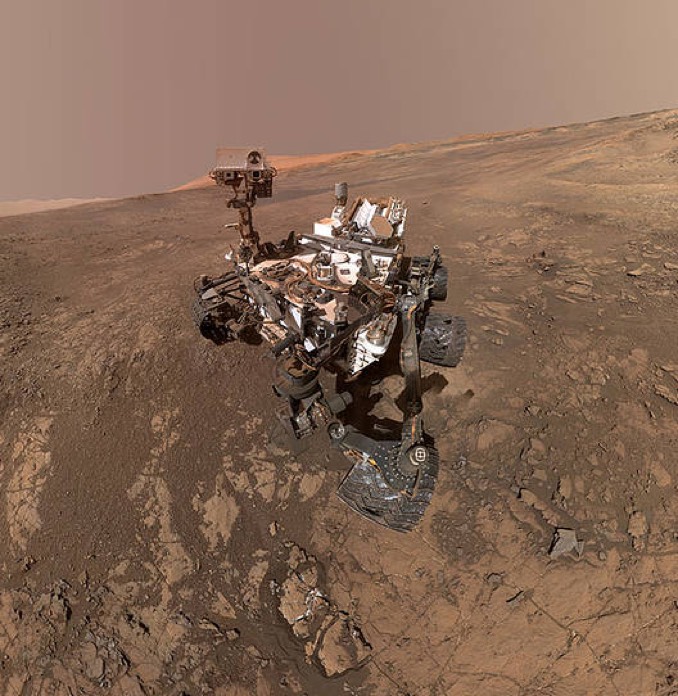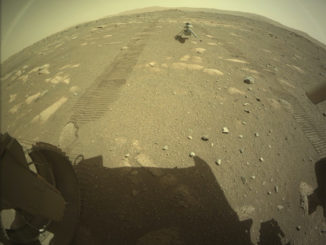
Engineers at NASA’s Jet Propulsion Laboratory are troubleshooting a glitch with the Curiosity Mars rover that is preventing the normal transmission of science and engineering data from the rover’s on-board memory. The six-wheel robot is otherwise healthy, responsive and operating normally, officials say.
Ashwin Vasavada, the Curiosity project scientist at JPL, wrote in a blog post 19 September that the rover is still sending back real-time data through orbiting relay satellites, but those transmissions are limited and do not include stored data.
“These real-time data are transmitting normally, and include various details about the rover’s status,” Vasavada wrote. “Engineers are expanding the details the rover transmits in these real-time data to better diagnose the issue. Because the amount of data coming down is limited, it might take some time for the engineering team to diagnose the problem.”
In the meantime, commands were uplinked to turn off any of Curiosity’s science instruments that were still on because their data is not being stored. They also are preparing the rover’s backup flight computer for use, if needed, in diagnosing the problem.
Curiosity currently is parked on Vera Rubin Ridge on the lower slopes of Mount Sharp in the center of Gale Crater. While engineers troubleshoot the data transmission issue, mission scientists are debating where to attempt drilling into another rock. Recent drilling attempts have had problems with rocks that were resistant to Curiosity’s drill.
“We’re looking at any clues that tell us the rocks are weaker and better for drilling,” Vasavada wrote. “As the JPL-based project scientist, I really enjoy watching our scientists from all over the world take on these challenges. And, I also get to witness the brainpower that JPL brings to bear when the rover has a technical issue. We’re rooting for the engineering team 100%!”
Another NASA’s Mars rover, the long-lived Opportunity, remains out of touch three months after a global dust storm blocked out the sun, preventing its solar arrays from re-charging the spacecraft’s battery.
The storm has abated and Opportunity should be getting enough sunlight to bring the robot back to life. It’s not clear when that threshold might be reached, but engineers remain hopeful Opportunity will, at some point, wake up and phone home. Curiosity is powered by a compact nuclear generator and was not affected by the dust storm.



